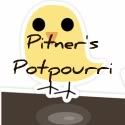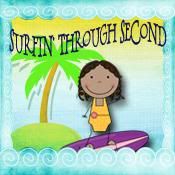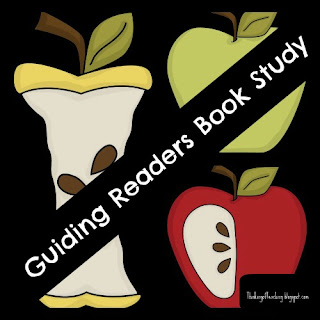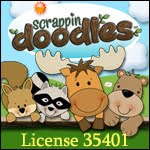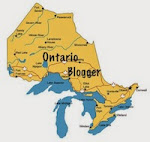Lori has emailed back a few more answers to the questions I sent her from our survey at the beginning of the book study. It's obvious that she really took some time and gave some thoughtful answers to our questions. Thanks, Lori!!
Me: Many educators have a stance against guided reading it seems, what would you say to them?
Lori: I think small group reading instruction, aka "guided" reading is an essential component of a balanced literacy program. It's the "we do" in the gradual release of responsibility model of teaching and learning. Read-alouds and shared reading enable us to introduce challenging texts and model reading strategies. But, for most students, there's a big gap between the texts that are read aloud to them and the texts they can (and want to) read on their own. Guided reading helps bridge that gap by gently nudging, supporting and scaffolding students as they negotiate print themselves. Ideally, that print keeps readers "on their tiptoes", stretching them just beyond where they are right now and continuously extending their reach.
Guided reading is just one slice of the whole literacy pie. Our students also need to hear complex texts read aloud, to participate in teacher-led shared reading, to read independently, and to have a range of opportunities to write. Guided reading is the structure that enables us to provide the "just-in-time-teaching" that meets the differing needs of different groups of students.
In my book, I've encouraged readers to take a broader view of "guided reading" than we've traditionally done, which is why I chose to entitle the book Guiding Readers. I think "guiding readers" can involve different forms of groupings. It might use leveled texts, trade books, text books or even functional texts such as websites, brochures or menus. And it should focus on specific goals ranging from word-solving skills to comprehension strategies to literary elements and text structures. We've got to stop arguing about what guided reading is or is not; the important thing is to take advantage of small group instruction to provide a bridge between what students can do with support today and what they will be able to do on their own tomorrow.
Me: How do you work with the one or two kids who are so much slower than any group in the classroom and cannot finish even a small section of reading in a time frame that is close to any group?
Lori: When working with needs-based groupings, I don't find this is as much of an issue as it is with heterogeneous groupings. Often, children are slow or distracted if the texts are too hard. When the texts are at an accessible reading level and we read only short chunks of text at a time, most students can keep up with the group.
My problem is more likely to be the ones who finish much more quickly than the others. I always tell the students to go back and reread. (For little guys, I make it a game, "See how many times you can read the book before I tell you to stop." For older students, I may send them back into the text with a specific task - e.g., tab the part that tells...) This buys a little more time for the ones who take a little longer.
Me: Where can we find short reading texts to use during guided reading?
Lori: I've often found that there are more resources in the school than most teachers realize. You may be surprised at what's been gathering dust in classrooms simply because they aren't needed for that particular grade level. I always recommend that schools bring the leveled reading resources in particular out of the classrooms and into a common book area. While this may seem like an inconvenience at first, the access to a much wider range of materials makes it well worth the effort.
As I say in my book, while leveled book collections are a convenience, they are not a necessity. Go back into old basals and anthologies to use individual selections and choose individual chapters or excerpts from novels and trade books. (Reading one chapter in guided reading may provide enough background support for the students to read the rest of the novel on their own.) Magazines and websites are good sources of nonfiction reading. And then there's the whole world of functional text all around us - recipes, instructions for games, television schedules, and even Mapquest maps.
Obviously, if we're going to use material that hasn't been formally "leveled" - and even if we are - it's important for teachers to have a sense of what makes a text challenging or easy for a reader, so we can make informed matches between the students and the text. That match doesn't need to be scientific - just enough to ensure that students can read most of the text on their own, but have to stretch a little for some of it.
Thanks again to Lori, this is definitely some things to think about.






